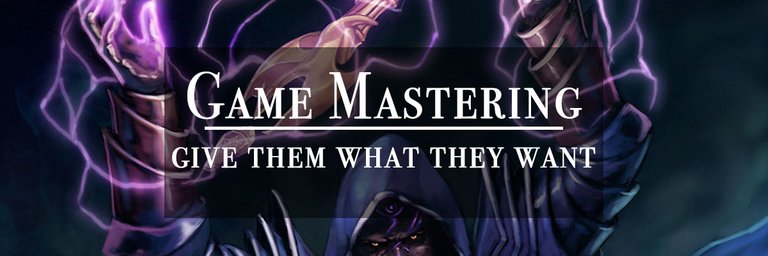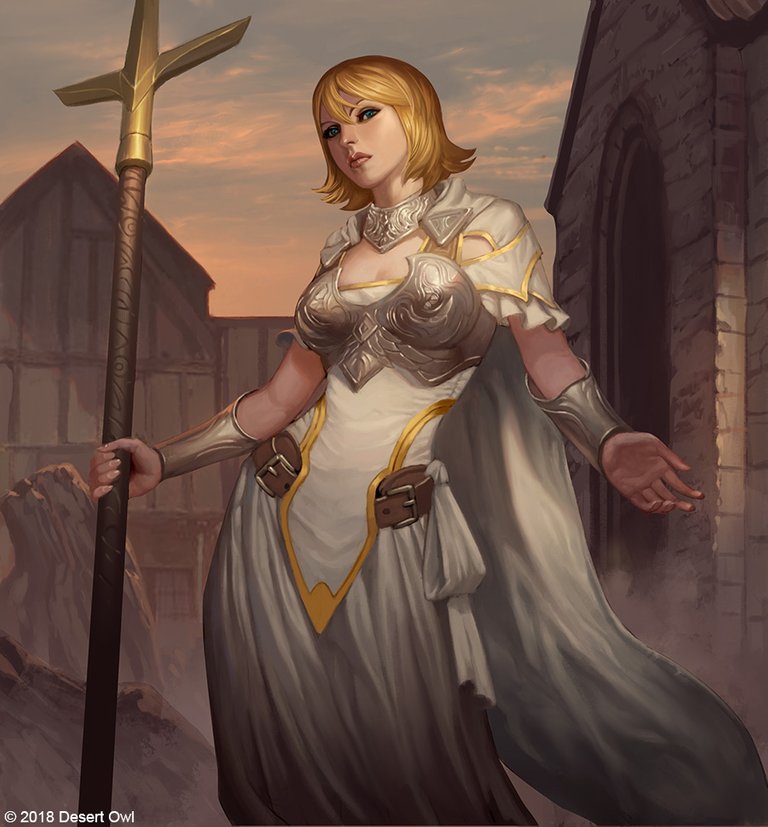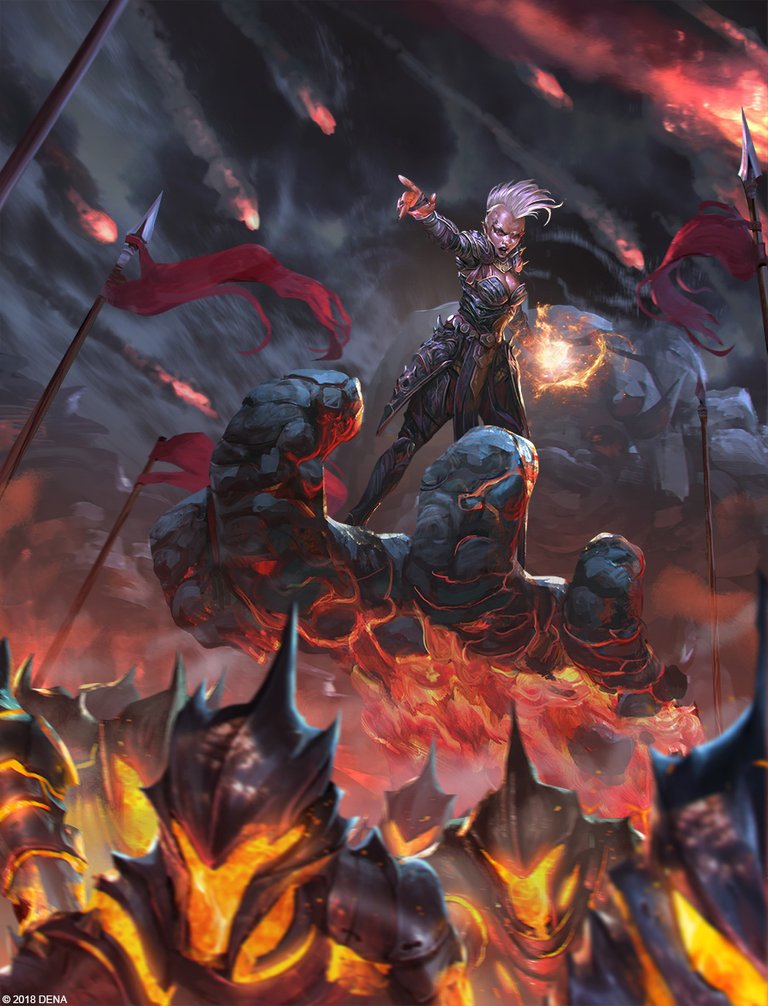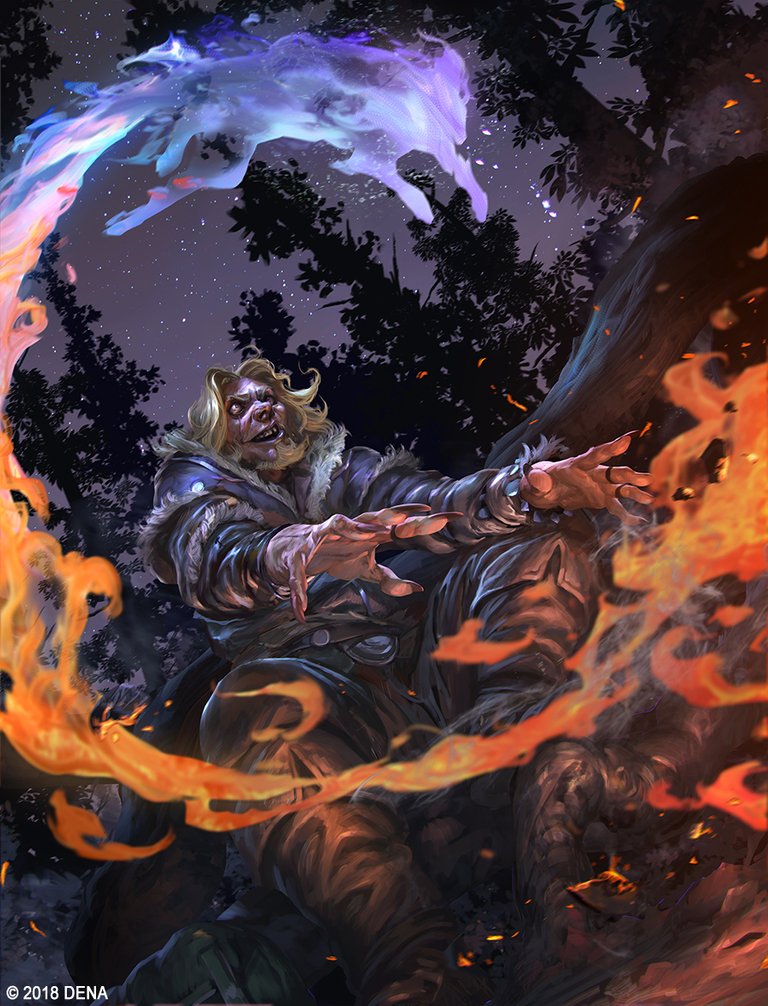
The #Dungeon Master’s Guide does an admirable job of encouraging would-be #DMs to build balanced adventures by advocating for a mix of encounters that involve the core ‘three pillars’ of the game - combat, exploration, and social interaction. It gives some satisfactory categories that player outlook and behavior might fall in and how to leverage those to create a compelling game for those types of players. While this advice is well suited to anyone creating adventures without knowing what to expect of their players, it fails to equip you to make informed design decisions when you’re looking at specific players. How can your adventure design be informed by the choices your players make when creating their characters? How do you make sure your players get the most enjoyment out of the game without making things too easy or too difficult?
optimize your game to give everyone the maximum impact while they’re in the spotlight. It also helps you avoid accidentally stepping into moments where no one can meaningfully contribute to moving your story forward.Building an #adventure tailored to the strengths and weaknesses of the specific group of players at your table lets you

In the first installment of this three-part series, we will examine how class choices interact with the pacing and structure of your adventure by looking at a few of the emblematic classes and how to adjust adventure structure or pacing to incorporate them successfully into a story or campaign.
Clerics. The life domain transforms any cleric into a deep font of healing. A group of players with a life domain cleric among them rarely steps into battle without the majority of their hit points. After a few conventional combats turn out to be insignificant at best, many DMs start ratcheting up the damage output of their monsters. These modified threats are either easily overcome by the potency of available healing magic or end up being so strong that they quickly reduce the players to cinders. Effectively challenging a group like this requires other methods.
We have dealt with the difficulty of designing challenging encounters before. The key takeaway is that an encounter needs to have some dynamic element or objective that is challenging in a way that isn’t about hit points. It doesn’t matter if the cleric can keep bringing their allies back from the brink if they aren’t fast enough to stop the ritual. Or save the captive. Or catch the fleeing imp. When failure is possible even with a full sack of hit points, healing magic is less likely to dampen the challenge.
#Sorcerers. The comparatively small number of spells that a sorcerer gets from a narrow list of all possible spells means that each choice bears a heavy burden of contributing a significant portion of a character’s overall power. Some players aren’t aware and others just don’t care. This can result in a character that struggles to noticeably contribute to victory in combat. The sorcerer isn’t alone in facing choices that feel like traps or come at the cost of optimizing a character sheet for a fight.

While choices that aren’t optimized to #combat can appear to have been accidental, they can also be statements about what is most interesting to a player. When a #sorcerer chooses illusion spells at the expense of evocation spells, it can be harder for them to feel like they’re contributing to combat. You can build sub-tasks within many of your battles that these illusions (or any sort of magic) are particularly well suited to handle - anything from innocent bystanders that can be concealed to mooks that can be duped into costly mistakes. It is also important to note that you aren’t obligated to give equal time to each of the three pillars of the game. If your sorcerer isn’t alone in having chosen abilities that lack a combat focus, reduce the number of fights in your game and create social or exploratory challenges that their magic provides possible solutions for.
#Warlocks. An ability to regain spell slots at the end of a short rest results in a design that performs optimally when a player has the opportunity for a short rest at least a couple of times before the end of an #adventuring day. Many other classes regain their abilities only after a long rest. Without an expectation of how many fights they might see between long rests, their optimal strategy is to reduce the number of encounters they participate in and use a greater portion of their total resources each time - nearly the inverse of the perspective of a warlock.

Warlocks are not alone in this resource distribution and making sure that a player does not feel less significant as a result of the mechanics of this style of class design means you need an adventure pacing where short breaks between groups of encounters feel sensible or natural without taking away the narrative pressure driving the players forward. Retaining that pressure is typically straightforward - there is a ticking clock and once it reaches its end then the villain will escape, the hostage will be lost, the ritual will be complete, or the powerful artifact will be claimed by a rival. Random encounters can help reinforce this, but so can periodic narrative reminders like discovered notes or NPC dialogue.
Grouping your encounters by location is the most effective way to provide room for short rests. Three encounters to empty the warehouse of enemies, two groups of pirates hiding in the ship - seeing an area cleared of threats signals sufficient safety to rest. This gives you a better idea of when to anticipate your players refreshing their resources and catching their breath and lets you pinpoint places in your story where you will want to create opportunities for exciting things to happen to thrust the players back into the action after they have rested.
Next time, we’ll look at how the choice of certain character options highlights player preferences about the types and difficulty of challenges they’re interested in confronting.
By David Adams
Part-time freelancer, full-time wizard. Works for coin or spell scrolls.
#dungeonsanddragons #dnd #5e #RPG #table #ttrpg #gamemaster #GM
Image production credit: Conceptopolis, parent company.*
Visit Jetpack7 at https://jetpack7.com for more player and game master tips, and our full line of 5th edition products!
Your post was upvoted by the @archdruid gaming curation team in partnership with @curie to support spreading the rewards to great content. Join the Archdruid Gaming Community at https://discord.gg/6yD2Emr. Good Game, Well Played!
Congratulations @jetpack7! You have completed the following achievement on the Steem blockchain and have been rewarded with new badge(s) :
You can view your badges on your Steem Board and compare to others on the Steem Ranking
If you no longer want to receive notifications, reply to this comment with the word
STOPDo not miss the last post from @steemitboard:
Vote for @Steemitboard as a witness to get one more award and increased upvotes!
Congratulations @jetpack7! You received a personal award!
You can view your badges on your Steem Board and compare to others on the Steem Ranking
Do not miss the last post from @steemitboard:
Vote for @Steemitboard as a witness to get one more award and increased upvotes!